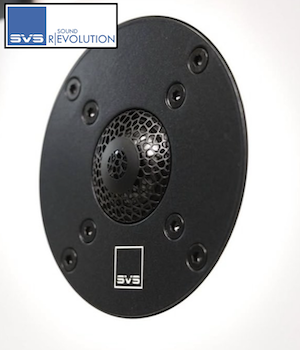I have a 2.2 audio system for music listening only.
Equipment
Mac mini - REW - miniDSP UMIK-1
Roon - RME ADI-2 DAC - miniDSP 2x4 HD - Hypex NC252MP Amp - Harbeth Stand Mount Speakers - Rythmik L12 Subwoofers
Room Layout
My main speakers are positioned 1.2m out from the front & sidewalls. My subwoofer placement is at 1/4 & 3/4 room-width on the front wall. The subwoofers are positioned against the front wall.
Volume Leveling
I have used REW to volume level, my main speakers, individually to 75dB SPL. I have volume levelled each subwoofer to 75dB SPL.
Acoustic Measurements
The miniDSP simplifies & streamlines the process of taking measurements with it's ability to mute channels etc. I am using the Right Main speaker as an acoustic timing reference for all measurements.
Assumptions
1 - Both subwoofers are against the front wall. Any phase un-alignment between each subwoofer is likely to be inconsequential. Thus to simplify and streamline the measurement process; I measure the Left + Right subwoofers as "one unit".
2 - Any low frequency 'hump' caused by volume levelling each subwoofer individually to 75db SPL will be negated by the application of REW Auto EQ; My understanding is when implementing EQ it is preferred to 'cut' rather than 'boost'.
3 - Given the room positioning of my main speakers and subwoofers; I expect to add delay to my main speakers so that they become in-phase with my subwoofers.
Objective
Identify the optimum main speaker & subwoofer integration as a function of:
- Crossover Frequency & Slopes
- Delay/Phase
- Subwoofer Gain
Process
1 - Configure miniDSP & Subwoofers with no EQ and No Delays
2 - Take the following measurements for multiple crossover points, i.e. 80Hz, 90Hz, 100Hz, 120Hz
- Left Main
- Right Main
- Left + Right Subwoofer
3 - Utilise REW Alignment Tool to model "smoothest" frequency response across the crossover point utilising the delay and gain sliders.
4 - Within miniDSP define the preferred crossover and delay; adjust subwoofer gain (if required)
5 - Measure Left Main, Right Main, Left+Right Subwoofer and apply REW Auto EQ (as required).
6 - Measure Left Main + Subwoofers, Right Main + Subwoofer to confirm frequency response matches expectations.
Question
As this is my first time integrating subwoofers, I wish to follow a relatively simple process and not worry about too many edge cases. Are my assumptions or the process I am following on the right path?















